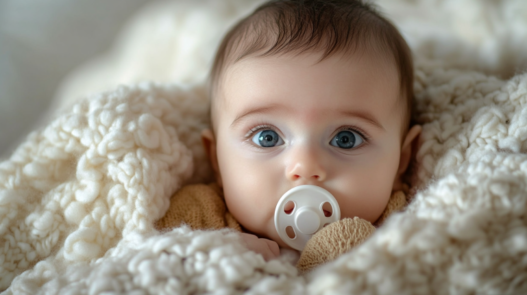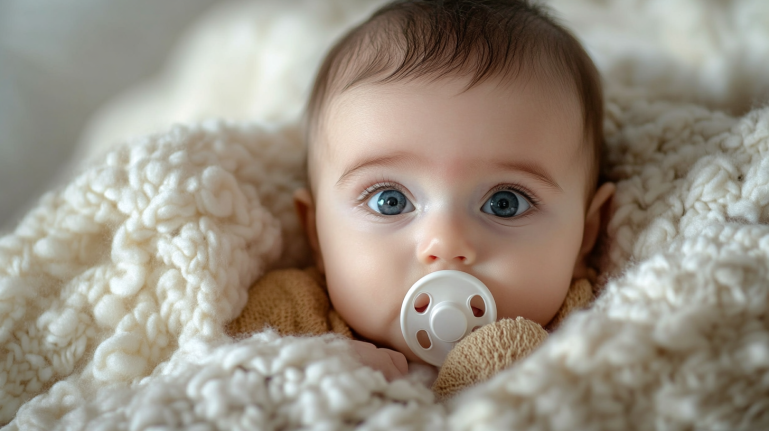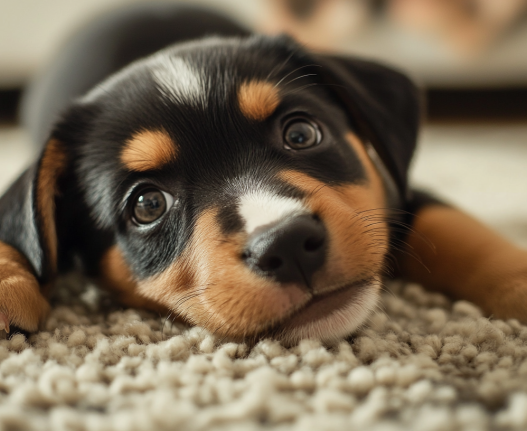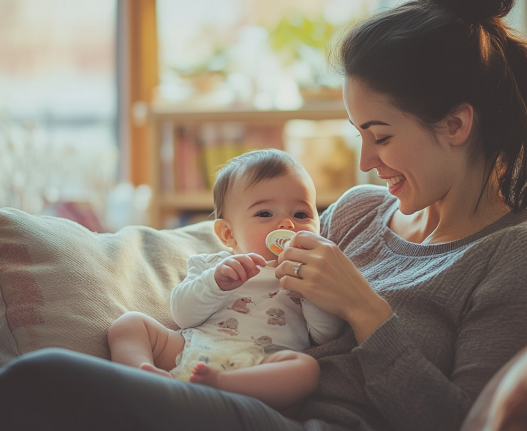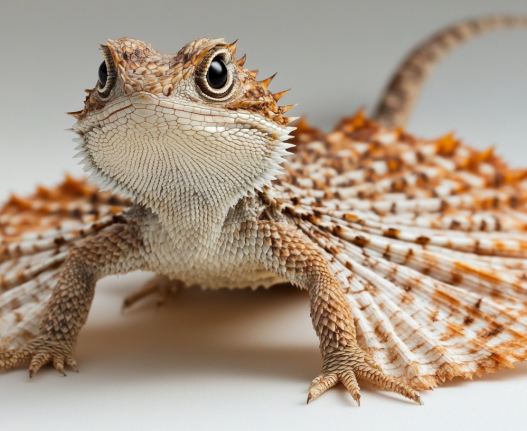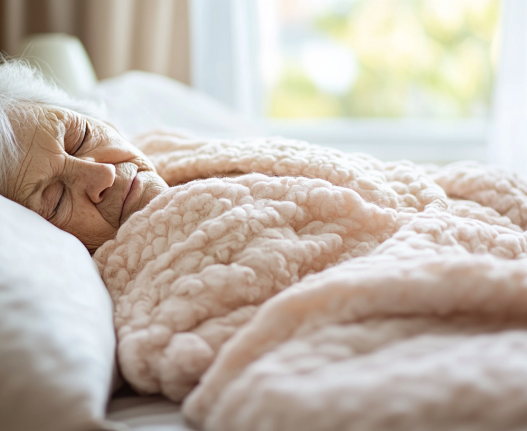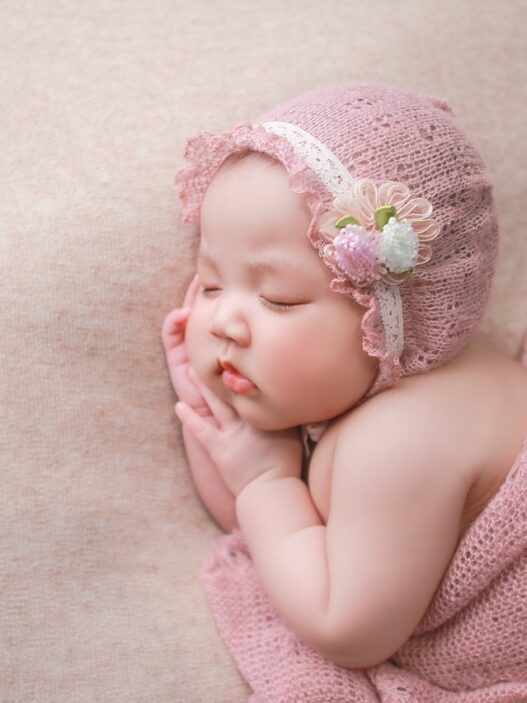Many new parents often wonder: Is a pacifier a “parenting tool” or a “harmful device” for their baby? It’s a common dilemma.
Don’t worry, today we’ll give you a comprehensive guide to pacifiers.
1. What Exactly Is a Pacifier?
As the name suggests, a pacifier is a small tool used to “soothe a baby’s emotions.” It looks like a nipple and is usually made of silicone or latex.
But why does a pacifier work so well at calming a baby?
The answer is simple: babies have a natural “sucking reflex.” This reflex is an instinctive behavior that even newborns exhibit — when something touches their lips, they automatically start sucking.
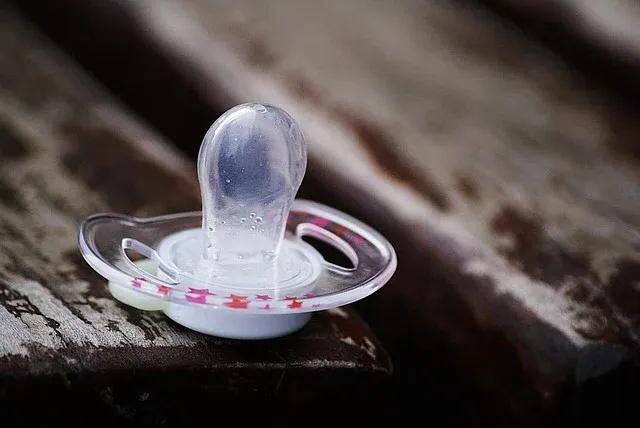
This sucking motion not only provides comfort but also helps regulate their emotions, making them feel secure and calm.
So, when babies are crying, fussy, or struggling to fall asleep, the pacifier becomes their “safety switch.” It helps transition them from “crying storm” to “peaceful calm” in seconds.
But here’s the big issue: While pacifiers can be incredibly helpful, using them incorrectly can also cause harm. This is why many parents love them but are also cautious about overusing them.
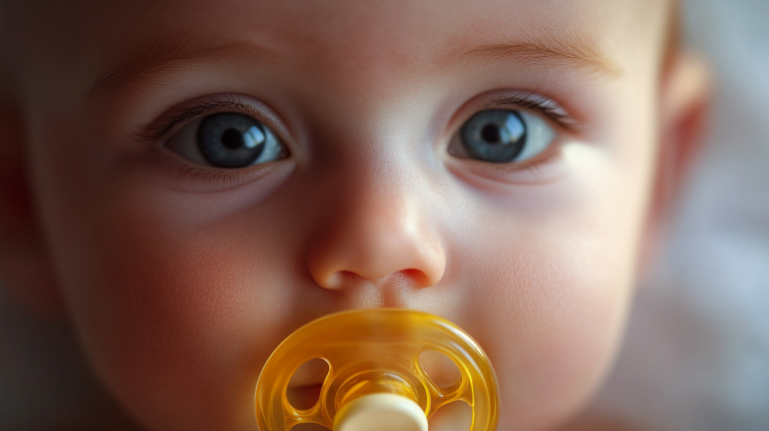
2. The Pros and Cons of Pacifiers: What You Need to Know
Before deciding whether to use a pacifier, it’s important to weigh both the benefits and the drawbacks. Understanding these will help you make an informed decision.
Benefits of Using a Pacifier
- Soothing Baby’s Emotions: A pacifier is an excellent tool for calming babies, especially when they’re crying, gassy, or fussy. Sucking on the pacifier helps them feel secure and comfortable, which can quickly ease their distress.
- Improved Sleep: Some babies have trouble falling asleep without sucking on something, like a bottle. A pacifier can replace the need for a bottle nipple, allowing babies to find their own rhythm for sleep, giving parents a break as well.
- Reduced Risk of Sudden Infant Death Syndrome (SIDS): Scientific studies show that pacifier use during sleep can significantly lower the risk of SIDS. Pacifiers help keep a baby’s airway open by promoting proper tongue placement and can make it easier for the baby to wake up if necessary, reducing the chances of a sudden event.
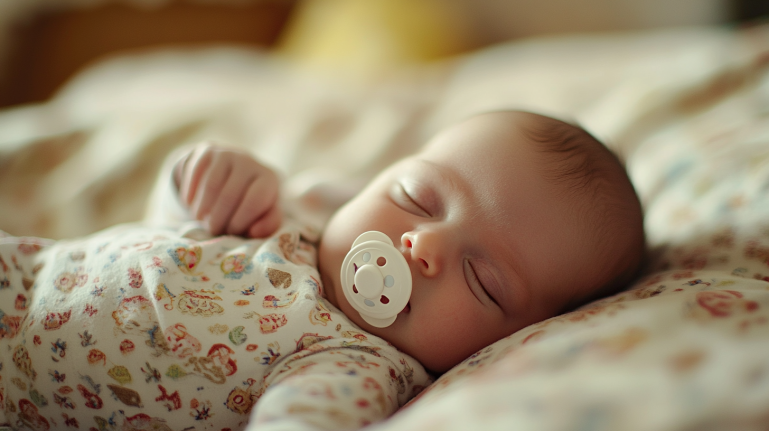
Drawbacks of Using a Pacifier
- Impact on Dental Development: If used improperly or for too long, pacifiers can affect a baby’s dental development, leading to issues such as misaligned teeth or overbite. However, this is more common after the age of 2.
- Potential Dependency: Some babies can become overly reliant on their pacifiers, seeking them out constantly — even to fall asleep. This “pacifier dependency” can be frustrating for parents.
- Hygiene Concerns: If pacifiers aren’t cleaned regularly, they can harbor bacteria, which increases the risk of infections.
- Interference with Breastfeeding: If a pacifier is introduced too early, it may interfere with breastfeeding by reducing the baby’s need to latch properly. This can impact milk supply and the breastfeeding experience.
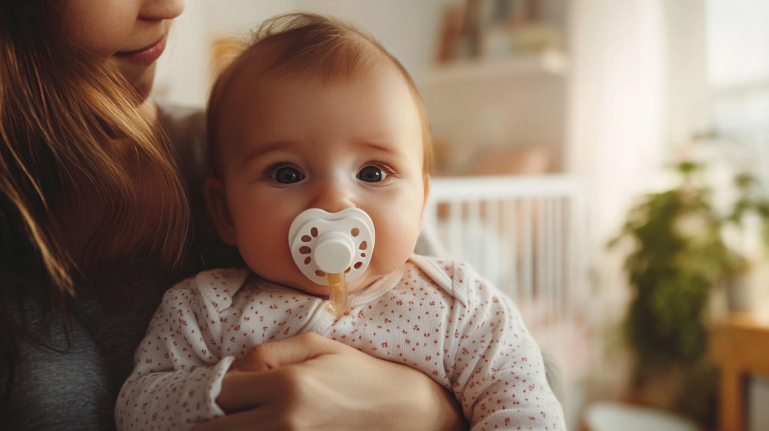
3. Should You Use a Pacifier for Your Baby?
Scientific Conclusion: Yes, But Use It Properly
A pacifier is not inherently harmful, nor is it a magical solution. The key is how and when you use it.
When used appropriately, it can be a valuable tool to help soothe your baby. But if misused, it can potentially cause issues.
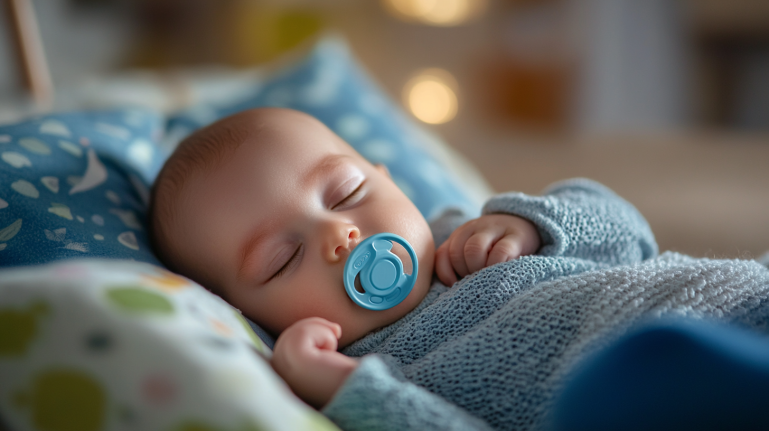
Key Guidelines for Using a Pacifier
- Don’t Use Too Early: For newborns, if you’re breastfeeding, it’s best to wait until breastfeeding is well-established (around 3-4 weeks old) before introducing a pacifier.
- Limit Usage: The pacifier is not meant to be used all day long. It’s best to use it in specific situations such as when helping your baby fall asleep, calming them when they’re fussy, or satisfying their non-nutritive sucking needs (like sucking on their fingers). Avoid letting your baby have it in their mouth for extended periods, especially when awake.
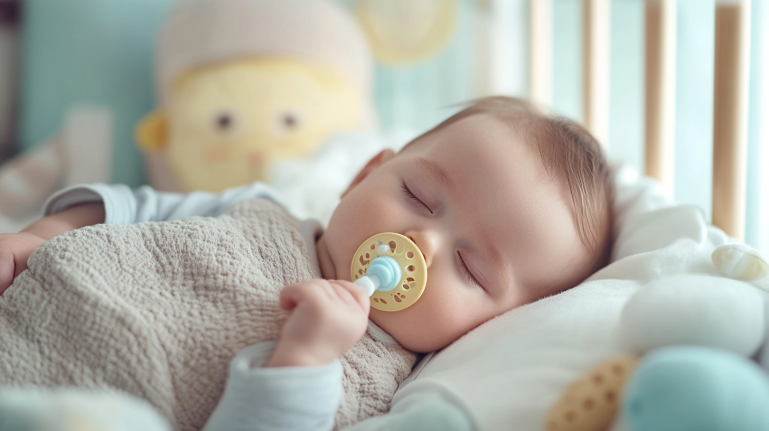
- Don’t Overuse Past a Certain Age: Both the World Health Organization (WHO) and the American Academy of Pediatrics (AAP) recommend reducing pacifier use around 12 months old and ideally stopping by the age of 2 to avoid long-term dependence.
- Cleanliness is Crucial: Make sure to clean the pacifier regularly, especially if it’s fallen on the floor. Use proper cleaning tools and regularly replace the pacifier.
- Choose the Right Size: Different pacifiers are designed for different age groups. Make sure to use one that suits your baby’s age to ensure it supports healthy oral development.
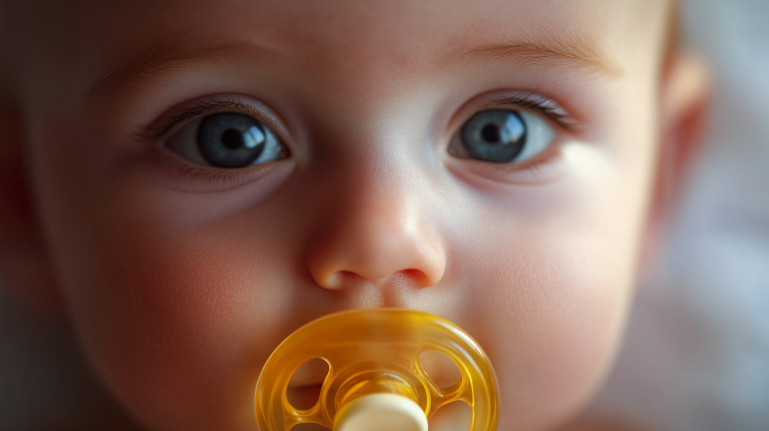
4. How to Gradually Wean Your Baby Off the Pacifier?
If your baby has developed a strong attachment to the pacifier, it’s important to wean them off in a gentle, gradual way.
- Take It Slow: Abruptly taking the pacifier away can lead to tantrums and emotional distress. Instead, gradually reduce its use. Start by limiting its use during the day and slowly stop using it at bedtime.
- Find Alternatives: Offer comforting alternatives, such as a small blanket, a soft toy, or even your own soothing presence to help ease the transition.
- Positive Reinforcement: Encourage your baby with praise when they go without the pacifier. Avoid scolding or showing frustration if they occasionally use it — instead, focus on small successes to build their confidence.
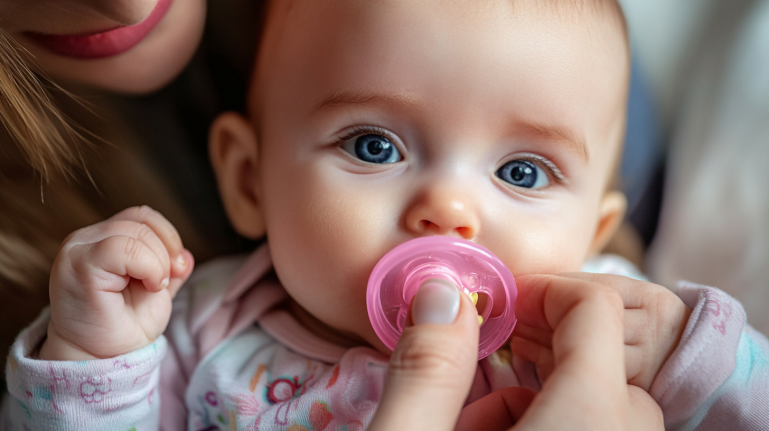
Conclusion:
A pacifier is essentially a tool — and like any tool, it can either be helpful or problematic depending on how you use it. If used thoughtfully and in moderation, it can bring convenience to both parents and babies. Misuse, however, may lead to challenges.
Parents don’t need to completely reject pacifiers, nor should they blindly rely on them. The key is to make a rational choice and use the pacifier in a way that benefits your baby’s development and emotional well-being.







